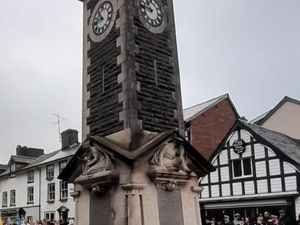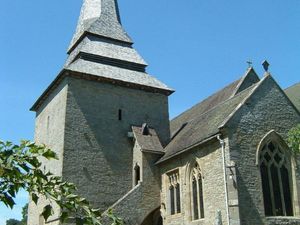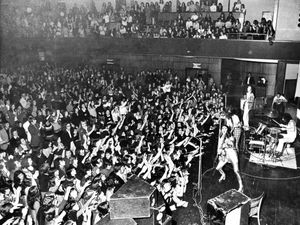Shropshire band of brothers' ascent to glory
One hundred years ago, amid fire and fury, a Great War exploit by the men of the Shropshires gained them enduring glory and a badge of honour which is almost unique.
And the medal they were collectively awarded was itself to endure fire and fury many years later – it barely survived an IRA firebomb attack.
Today that medal, the Croix de Guerre avec Palme, is on display at the Shropshire Regimental Museum at Shrewsbury Castle.
It is attached to a fragment of a flag, the rest of which was destroyed in the flames in a 1992 terrorist bombing blitz on Shrewsbury, in which the museum was among the targets.
And now, in the centenary year, Shropshire is preparing to commemorate and honour the courage of the men of the 4th Battalion of the King's Shropshire Light Infantry at the Battle of Bligny.
An appeal has also gone out for personal stories and information from relatives of the Bligny heroes.
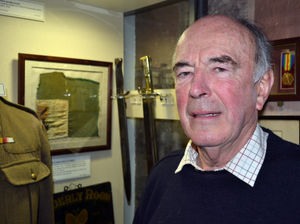
Soldiers of the already severely depleted battalion advanced through standing corn under shot and shell to take the position, a hill near Rheims in France, on June 6, 1918. Their success was to hold up the German advance, buying precious time.
The battle took place in the French sector of the line, and the grateful French awarded the whole battalion the Croix de Guerre avec Palme. Three individual soldiers also received personal medals.
"That is the highest level of the Croix de Guerre that you can give a whole unit. It was only ever awarded to one other unit in the British Army through the four year long war, a battalion of the Devon and Dorsets. It was given to acknowledge an astonishing, and militarily important achievement," said Lt Col John Marsham, who is organising events to mark the centenary.
"It was a Territorial Army battalion, not a regular battalion, so the men in it were all called up from the farms, towns and villages of Shropshire in 1914 having done some annual training together for several years.
"They were older than was usual in a regular battalion, and the officers and men knew each other, and in many cases knew each other’s families well."
It was this "band of brothers" who stormed Bligny Hill.
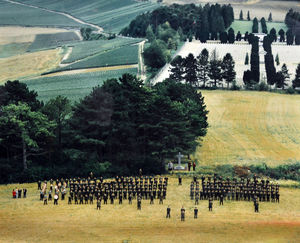
"The young officer leading the assault wrote afterwards of his distress at finding his young batman dead on the hilltop and of having to write to the boy’s family, whom he knew well.
"Bligny Hill was important as it allowed whoever held it to control the valley of the River Ardre, the route chosen by the Germans for their last offensive of the war.
"In a war dominated by massive artillery bombardments such a fine viewing point was of vital importance, and having captured it they promptly lost it to the Shropshires. The loss was critical, especially in time for the Germans.
"It is a remarkable story, and one which people in Shropshire can be justifiably proud of.
"We will remember the men of the 4th Battalion the Kings Shropshire Light Infantry with several events in Shrewsbury in June and anyone interested in seeing more is welcome to visit the Shropshire Regimental Museum."
Lt Col Marsham said that when the battalion arrived in France in July 1917 it comprised 1,100 men, but had been reduced to just 200 men as it launched its attack led by a lieutenant, and by the end of the day was down to 60. Unfortunately many casualties were caused by allied artillery which bombarded the hill unaware the Shropshires had taken it.
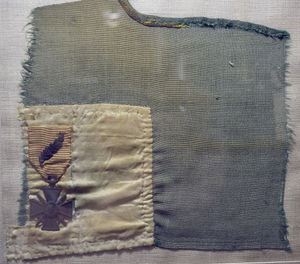
Their achievement has been marked annually by a Bligny Day service at St Chad's in Shrewsbury. This year the service in the evening of Wednesday, June 6, will have a counterpart in France, with a simultaneous service involving people associated with the regiment, together with local villagers, on the top of Bligny Hill.
The main events are on Saturday, June 9, with a service at St Chad's, a commemorative lunch at Shrewsbury Castle, and a concert at the castle.
Among those attending the commemorations will be Major Mark Adams, from London, whose grandfather, Lieutenant Geoffrey Bright, had led the attack.
The commemorations will be complemented by a special temporary display at the regimental museum.
Lt Col Marsham is the president of the Bligny Club of former regimental officers. He himself served in the 1st Battalion of the KSLI and was the last commanding officer of the regimental depot at Copthorne.
"We would love to hear from people whose forebears were at Bligny and their personal stories. If they have any, they can contact Christine Bernath, the curator of Shropshire Regimental Museum."
The battalion attached the medal to its camp colour, or flag, for display purposes. The original flag was almost destroyed in the 1992 fire, but by amazing good fortune the corner on which the medal was displayed survived.
We shall follow the battalion's story in a series of future articles.

